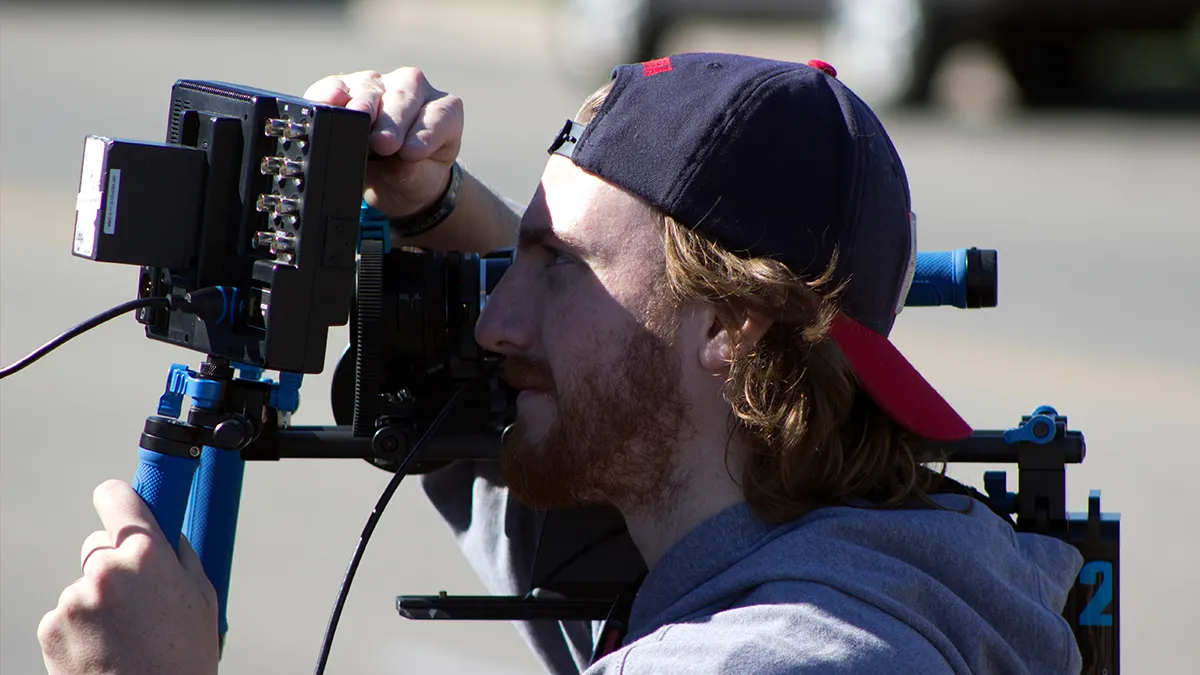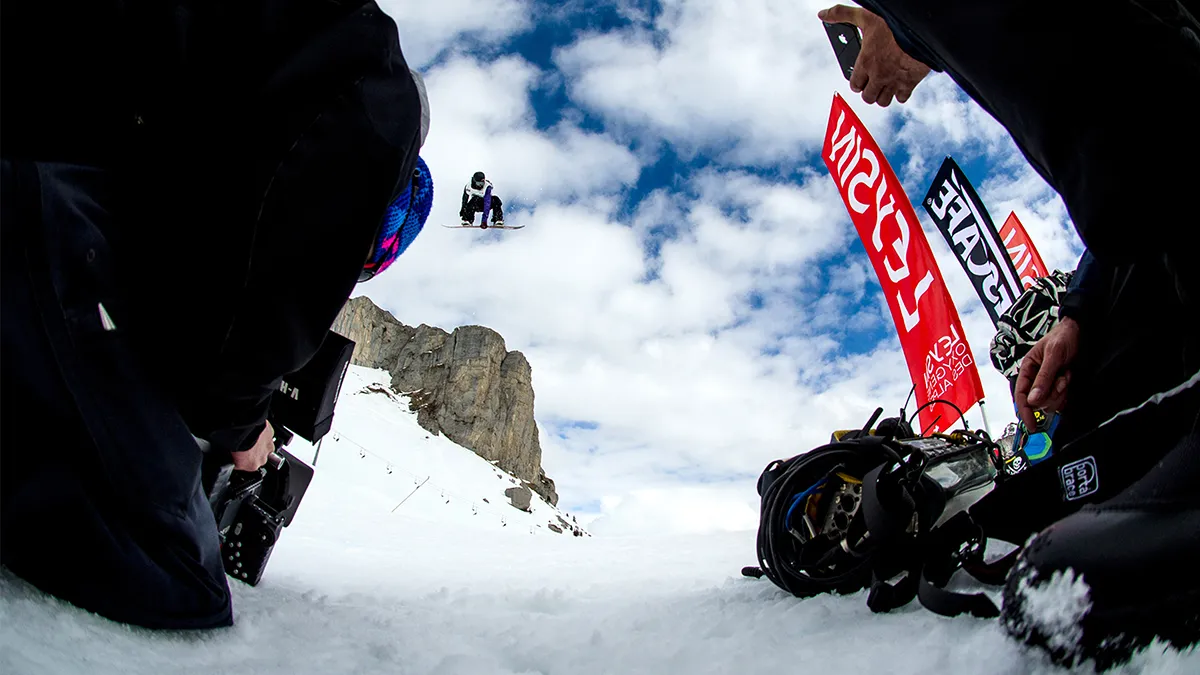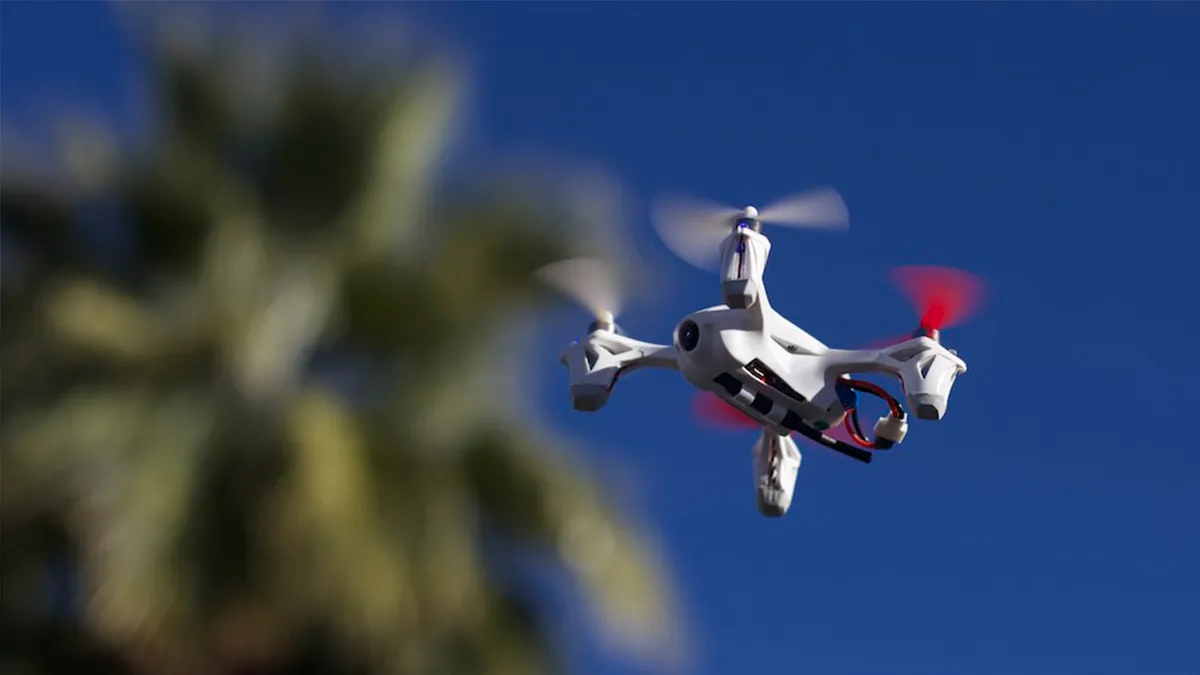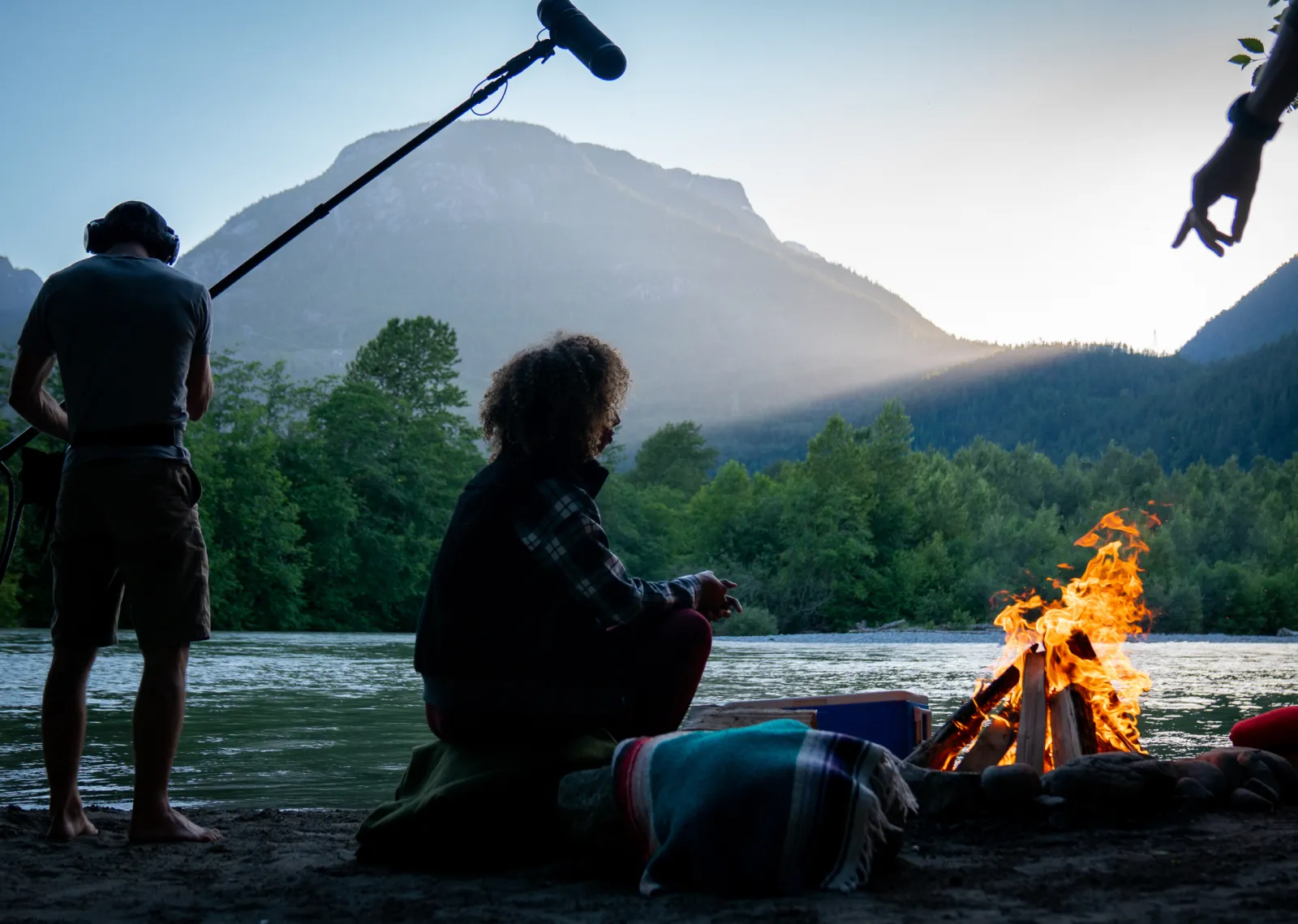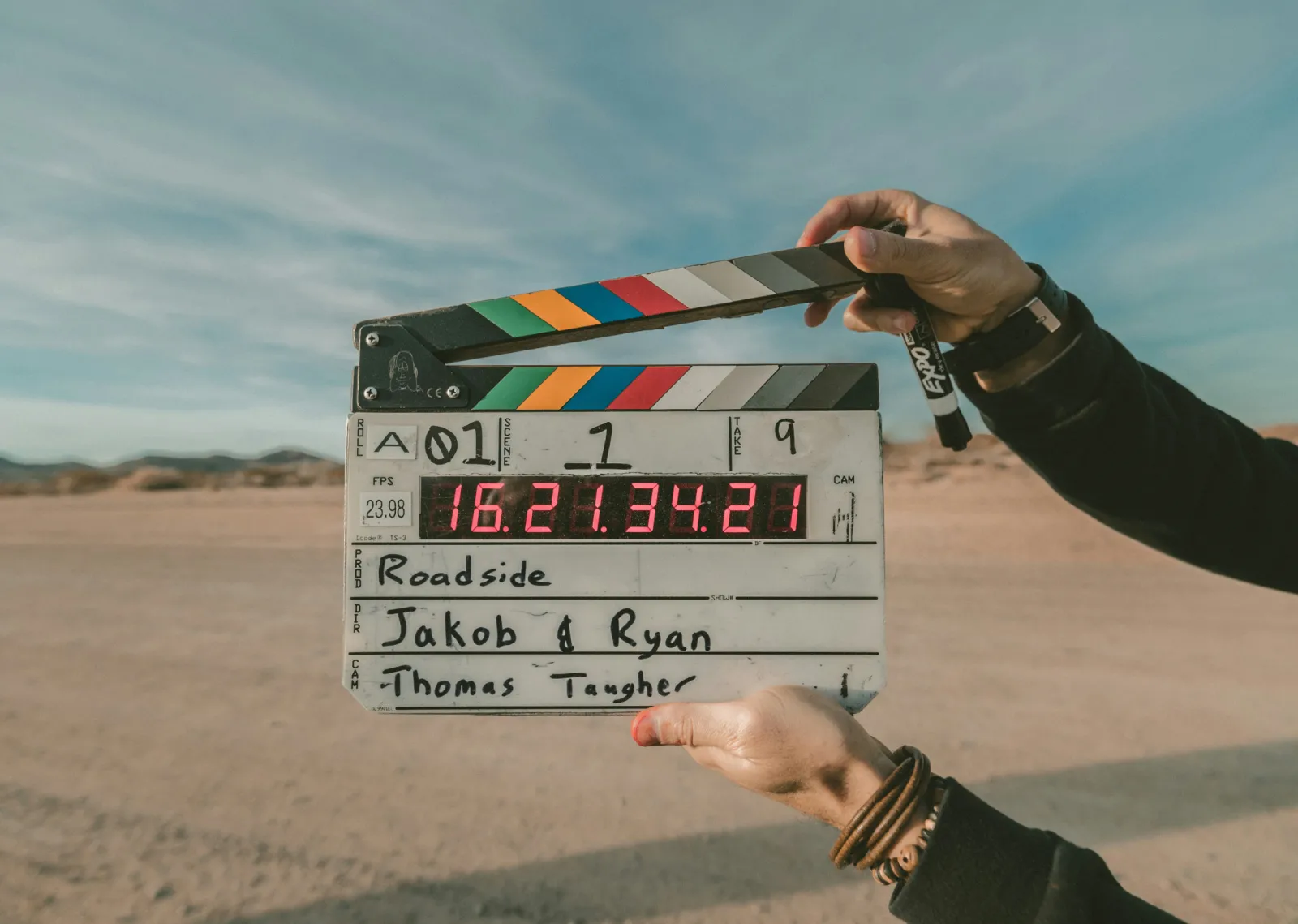The state of video marketing
From an overlooked niche marketing initiative to a brand's bare necessity, Video Marketing has quickly evolved into a mainstream practice that sometimes requires more experience and strategy than first thought of.
Forbes dubbed 2015 'The Year of Video Marketing' for a reason. From outstanding social media strategy to short-form storytelling, brands are becoming experts - or not - at taking the shift from creating brand ads to actually embracing content marketing in its purest form. That said, it still represents no easy task.
We interview Origin's own Jeff Thomas, Director of Video, and Graeme Meiklejohn, Cinematographer & Video Editor, to get an behind-the-scene look at the how the industry is handling these ever-evolving trends and practices.
Why do you think video content is the social media trend to watch in 2016?
Graeme Meiklejohn: I don’t think Video Content is a social trend anymore but a necessity for brand identity. If you don’t have video content coming out, you aren’t putting enough resources into your brand. Nothing articulates brand identity like video content, you can show your aesthetic, tell your brand story, and show your quality of work all in one package.
Jeff Thomas: In all forms, motion picture storytelling and content producing have been a trend to watch since its inception with the first film cameras of the 1890’s. As the Hootsuite blog states, there are billions of users, and billions upon billions of daily views on user-generated content making their own stories, whatever they might be. It’s a consistently evolving content. From technology to distribution of video content, it will continue to be a trend to watch for years to come but I don't think it’s a social trend more that it’s a necessity, as Graeme stated. Whatever your Brand's goal is - it's important to be working with and in the land of moving images.
How do you see the future of live streaming platforms/channels?
GM: I think it will be a huge part of content channels, it removes the need for post-production and gets content out literally as fast as possible.
JT: The possibilities provided by live storytelling and leveraging it are pretty exciting. You can engage your viewership and manipulate your story on the engagement of others. ‘Live’ content has been around for many decades in the form of TV but with the many evolving streaming distribution platforms, it gives a brand many more opportunities to engage the viewer and expand on their library of additional content and give them a reason to ‘buy’.
Vimeo vs Youtube? Perks?
GM: Vimeo for embedding, Youtube for share ability. No pre-roll ads on Vimeo.
How do you see the increasing trend towards video blogs and bloggers affecting branded video content?
GM/JT: How many brand ads do you see making the rounds on social networks? People like sharing stories and telling their own stories. Finding a strategy that can tap into your consumers and help share their stories, and bring them into the storytelling process.
Can (or will) virtual reality become the new cool thing?
GM: I think that 360 Video will become widespread far before VR. Your average person isn’t going to strap on a VR headset while taking the subway to work.
JT: VR is an interesting tool and a unique way for the viewer to interact with the story but as Graeme stated, I feel like 360 Video and other forms of interactive video will play a more important role moving forward. The trick is how does VR/360/Interactive video will play into a better experience so that a viewer can engage, and take something away from the experience. I look forward to the interactive and VR storytelling aspects that give the viewer a chance to really manipulate the experience and take something away from it.
How can brands leverage Youtubers (or bloggers in general)?
GM: Look at MKBHD on Youtube, the most viewed channel on youtube and you will understand
JT: Bring them into the fold - have them tell stories for you. People want to be heard - and people trust people, not big brands.
Do you see tangible future in interactive videos? In what form?
JT: The thing that intrigues me about interactive Videos is how it gives hope of a tangible future and the way a great interactive video can draw you into the experience. It gives the viewer the chance at manipulating or building their own experience.
Which type of video ad still works? How do you make them effective?
JT: Being the guy behind the camera and computer, I ingest A LOT of content in all forms. I often ask myself what do I find the most entertaining, and honestly it varies. It can depend on a myriad of things but in short, I often rack it up to a few simple points. 1 - Did I learn something or was I intrigued to learn more? 2 - Was I emotionally affected and connected to this ‘video’? 3 - Was I simply entertained? Maybe it’s a laugh, a tear or a smile but even 10 seconds can be enough to accomplish all of the above.
How do you explain social media platforms allowing longer video posting? How do you see it affecting the production process?
JT: You can say a lot more than people think in 15 seconds. but 60 seconds gives Content Creators an even bigger opportunity to inform and lock down those eyeballs. That said, those first 5-7 seconds better be something special. Consumers are 64% more likely to purchase a product after watching the video. Given that statistic, people want to be informed and learn something before the purchase.
Should all brands own Youtube channels? How do you keep it alive with relevant content?
GM: Only if the brand is willing to put forth strategy and resources to keep the channel well alive. Having a active but empty feed is often worse than not having an account
Future of 4K video?
GM: It will be leap-frogged by 8K just as 720p was leap-frogged by 1080p. NHK (a well-established Japanese broadcaster) has already announced their intention of showing the Tokyo Olympic Games in 8K. RED, Canon and Hi-Vision already have 8K cameras, and Super UHD (8K) is already an established standard. I think manufacturers realized how much money they could make by making intermediate camera’s and displays when they introduced 720p and then 1080p.
JT: Unless you have some big budgets, large storage capabilities, some fast computers and some rich consumers with really nice screens, you might want to wait. Of course future-proofing your brand with the highest resolution videos for years to come is a nice thought - and I love playing with expensive toys - but most people are currently viewing content on screen with resolutions than 4k, let alone 8k. With that said, it's going to continue to happen quickly and if you can afford to be pushing the envelope - why not.
Are videos more entertainment-related or utility-related?
GM: I think Video Marketing needs to walk a fine line between the two. Being on the utility-related side of the balance often means being 'in your face' and obnoxious, whereas being too entertainment-related often results in not conveying a brand message.
Drones?
GM: Love 'em, although the new regulations make them a bit of a hassle to deal with. I see this as a double-edged sword as I agree that they need regulation; but at the same time feeling that the regulations might currently be a little too strict or cumbersome for working professionals. Personally, I love flying my personal one around just for fun as an RC UAV, but as soon as it’s used for professional use, the restrictions pile up.
JT: We can rack off countless new technologies that have revolutionized filmmaking and content producing - and this will continue. The use of drones are great - it can capture perspectives that major aerial videography often cannot. Drones are in their infancy and while regulations will dictate their use, the technology continues to push the envelope so that large aerial camera rigs are only needed in specific circumstances.


